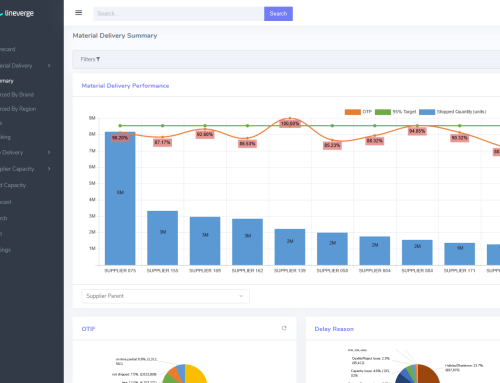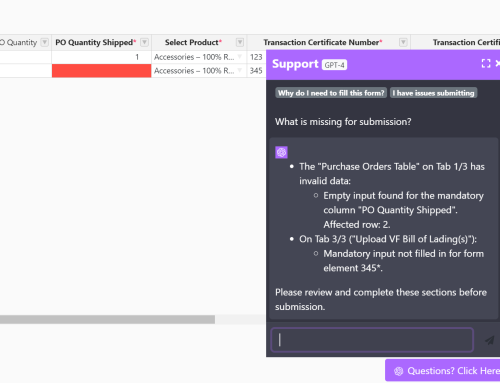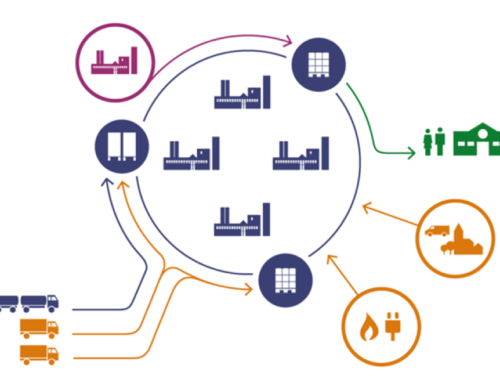The main focus for this release was enabling direct integration with different large language models.
AI has advanced rapidly in recent years, but real business cases where it adds measurable value remain limited. In our experience, there are two areas where it is worth investing resources.
1. Document Parsing
We now use a chain of models from various providers to extract content from unstructured files such as PDFs, images, and Excel sheets.
Currently supported supply chain document types include:
- Invoices
- Purchase Orders
- Bills of Lading
- Packing Lists
- Delivery Notes
- Certificates of Origin
- Scope Certificates
- Transaction Certificates
- Business Registrations
- Inspection Reports
Extraction accuracy exceeded our expectations—sample tests show over 90% accuracy across all defined datapoints (buyer and seller names, reference numbers, etc.) for each document type. It works in any language and handles a variety of different formats like files with multiple document types or pages that need rotation.
This is particularly useful when documents must be linked back to purchase order lines across the supply chain, providing a traceable and reconciled document flow. Similarly, supply chain audits can now be automated and scaled through integrated workflows that validate supplier relationships by cross-referencing key information extracted from documents shared by both upstream and downstream entities.
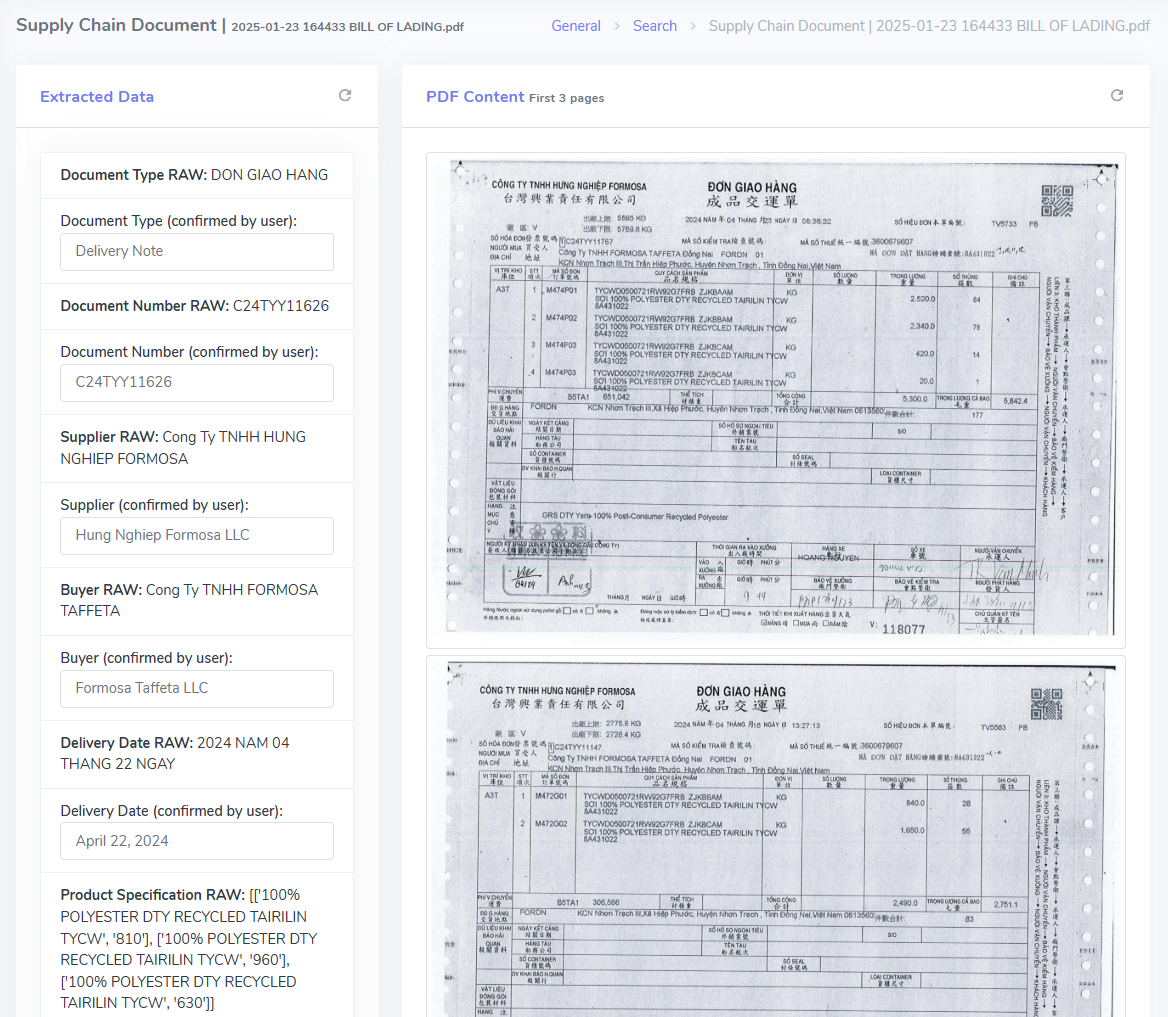
2. Querying
We introduced a chat interface that allows users to ask complex questions directly. While still evolving, it can query company data stored within Automail, pre-compute relevant datasets, anonymize sensitive information, and return structured insights.
For example, a user can ask:
“Show me the top and bottom five vendors by on-time shipment performance last quarter compared with the same period last year.”
Each user has their own assistant, spun off as an independent instance that adapts over time. It functions as a personal GPT connected to the user’s profile.
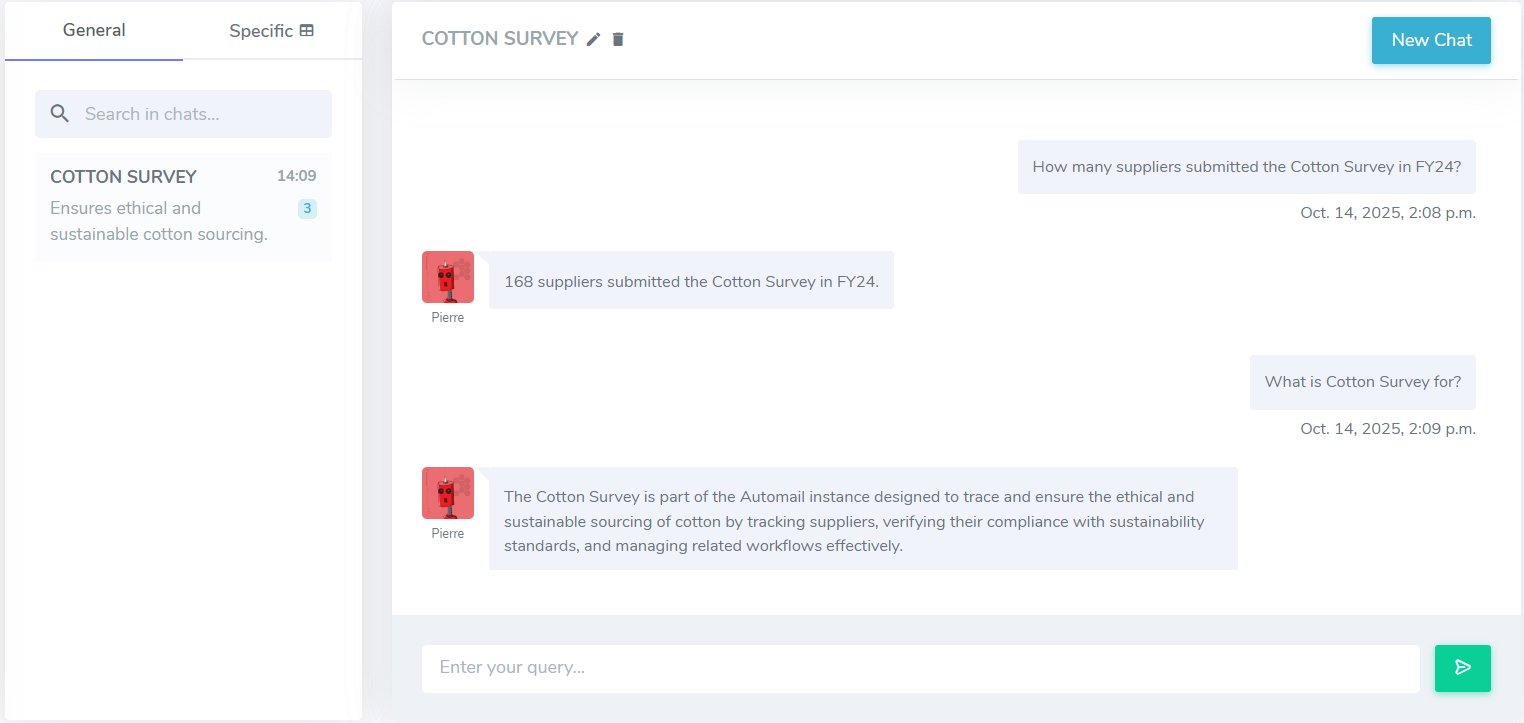
New Deployment Option
Aside from the AI-related features, we added a lightweight deployment option for smaller Automail instances.
Projects with fewer users and simpler workflows can now be deployed on AWS Elastic Beanstalk, which acts as an EC2 wrapper. It offers the same functionality as ECS but at a fraction of the cost due to lower resource utilization. This makes setup faster and more affordable for clients with straightforward requirements.
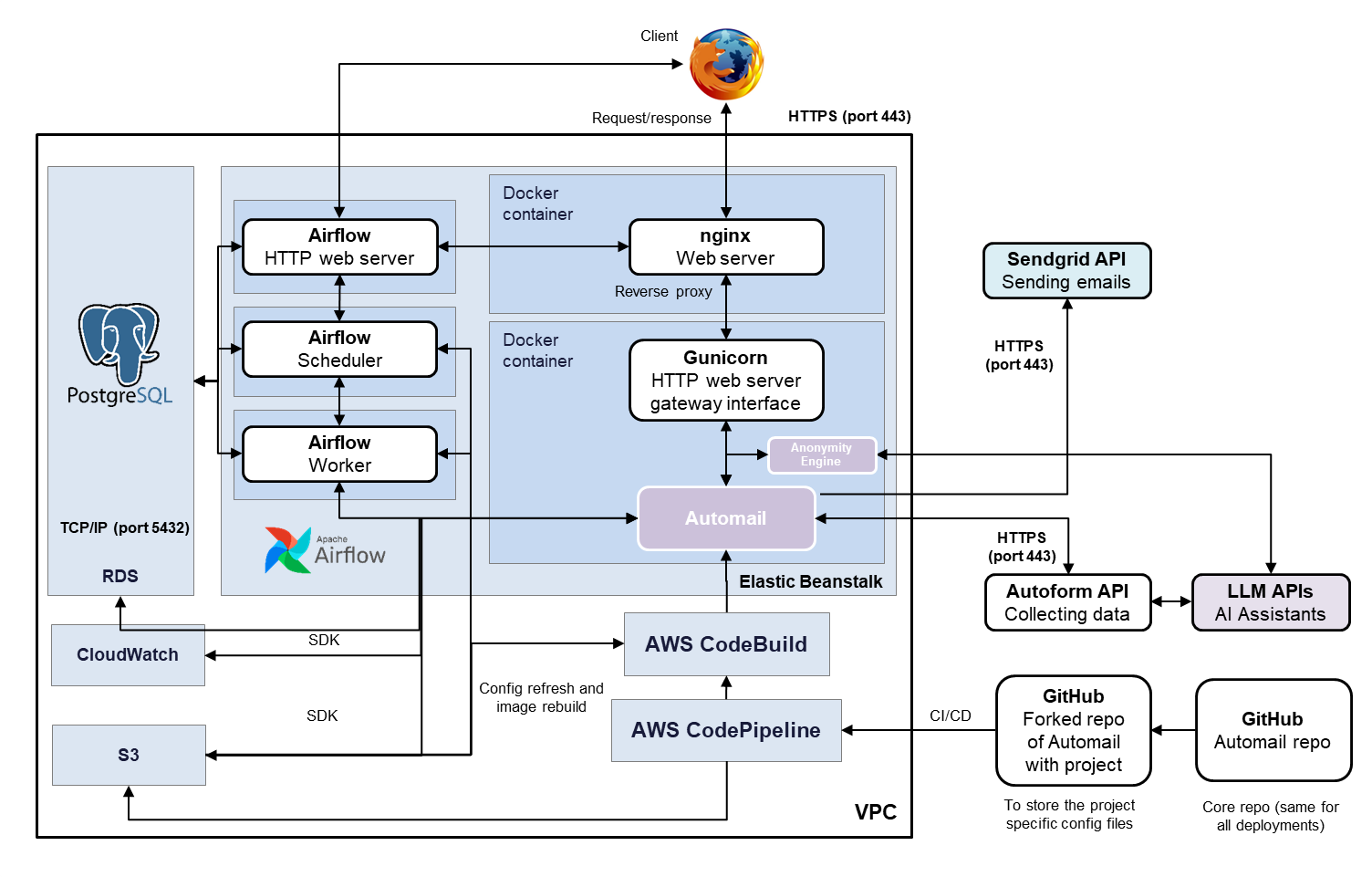
More technical details are available in our documentation.

